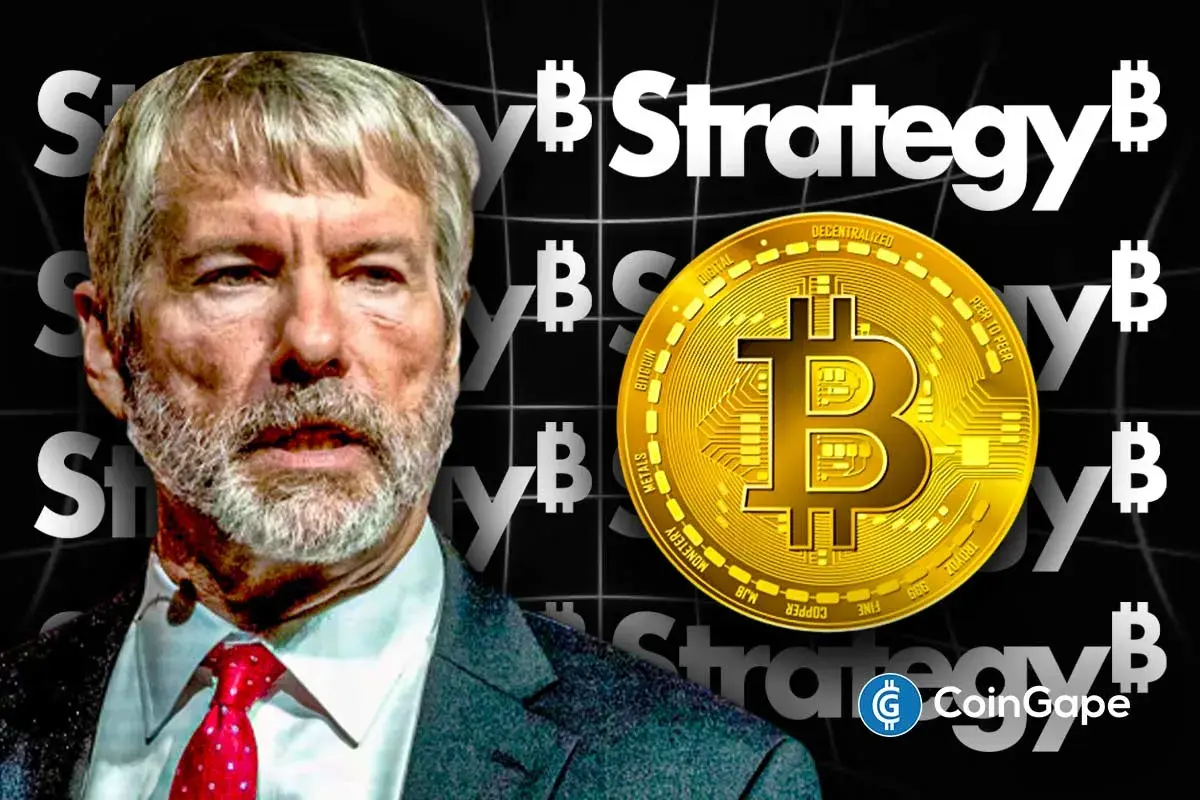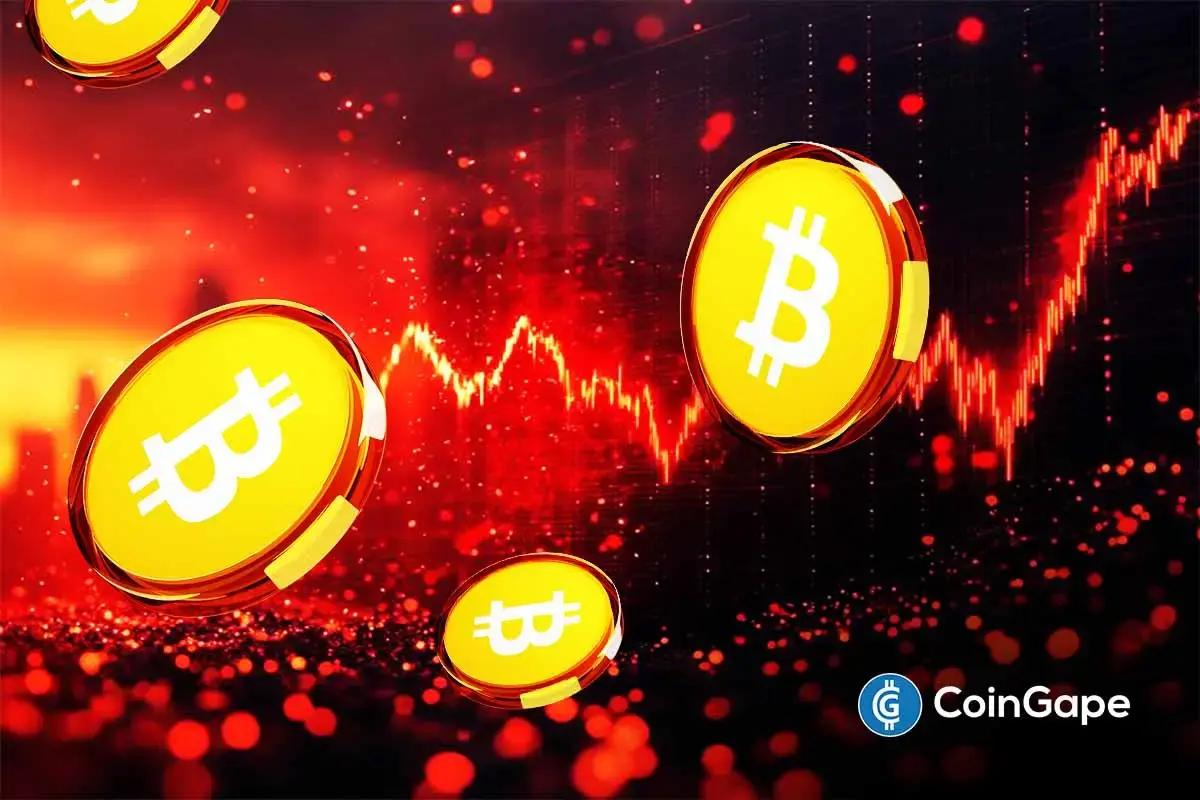Analyst Slams S&P’s ‘B-’ Rating for Strategy Inc, Says Bitcoin Treasury Model Is “Misunderstood”

Highlights
- Adam Livingston argues that S&P has incorrectly assessed Bitcoin reserves, which undervalues the strength of corporate digital treasury.
- According to analysts, S&P uses old-fashioned credit models and completely misunderstands Strategy's capital structure.
- The analysts further argue that conventional finance still considers decentralized assets as inferior to fiat holdings.
Crypto market analyst Adam Livingston has sharply criticized S&P Global Ratings after the agency assigned a ‘B-’ issuer credit rating to Strategy Inc. He called the assessment “hilarious” and said it reveals how deeply traditional finance misunderstands Bitcoin-based capital models.
S&P Slams Bitcoin Holdings as Capital Weakness
Livingston said the company has been unfairly classified as a high-risk entity. He argued that the rating ignores the strength of its balance sheet and misrepresents Bitcoin as a liability rather than an asset. He added that S&P’s model effectively punishes Bitcoin adoption by labeling growth in digital reserves as a weakening of capital.
Everybody, please read this as it relates to Strategy’s credit rating.
It’s hilarious
S&P Global: “we are likely to continue to view capital as a weakness, because Strategy’s bitcoin holdings are likely to grow materially”
So basically “the more Bitcoin they buy, the weaker… pic.twitter.com/vC4khB4sog
— Adam Livingston (@AdamBLiv) October 27, 2025
The controversy began when an S&P report stated that most of Strategy Inc’s assets are in Bitcoin. It also noted that the company is expected to keep adding significantly to its Bitcoin holdings.
Hence, the agency said it will continue to view the company’s capital as a weakness. This aligns with Michael Saylor’s long-term plan for Strategy to own Bitcoin worth $1 trillion.
Livingston called the statement the most revealing admission yet about how traditional finance undervalues assets that exist outside government control. The analyst said that if Strategy held U.S. Treasuries, S&P would classify the reserves as “high-quality capital.” Yet because Strategy holds Bitcoin, which he called “the hardest asset in human history,” the agency labels it as negative equity.
Analysts Say S&P’s Rating Exposes Limits of Legacy Credit Models
Livingston concluded that the S&P rating reveals less about Strategy’s actual risk and more about the limits of the legacy financial system. His view echoes Michael Saylor’s belief that Bitcoin will continue to outperform the S&P 500 and other traditional benchmarks.
The analyst said the incident marks a defining moment where digital assets confront the old structures in terms of credit and capital valuation. He said this approach demonstrates that S&P’s capital model is based on fiat currency logic rather than real financial strength.
The analyst further argued that S&P’s reliance on outdated risk definitions fails to capture the stability and transparency of blockchain-based holdings. Following the S&P rating announcement, Strategy Inc stock (MSTR) price gained 2.27% to trade around $295.63, according to TradingView data. The move reflects investor optimism despite the ‘B-’ designation.
Other analysts joined the discussion. VanEck’s Matthew Sigel noted that the rating puts Strategy in high-yield territory, implying a 15% default probability over five years. Mason Foard pointed out that Strategy is now the largest publicly traded company with a B- rating. It sits below airlines, cruise lines, and automakers, even though it carries less debt and higher liquidity.
🚨Strategy Inc Assigned ‘B-‘ Issuer Credit Rating; Outlook Stable at S&P
That’s high-yield territory. Able to service debt for now, but vulnerable to shocks.
S&P data: B issuers carry ~15% 5-yr default risk. https://t.co/ingZu6DRmH pic.twitter.com/RrHOWYmzVG
— matthew sigel, recovering CFA (@matthew_sigel) October 27, 2025
- This Top CNBC Trader Says He’ll “Never” Invest in XRP Despite Wall Street Adoption
- ‘Dead Like Kodak’: Software Engineer Slams SWIFT’s 5-Year Delay on Blockchain Plans
- Ripple Attracts $300M Institutional Bet as VivoPower Launches Korean Investment Vehicle
- Crypto Eyes Entry into Traditional Sports as Tether Bids $1B for Juventus FC
- Michael Saylor’s Strategy Secures Nasdaq 100 Spot as MSCI Inclusion Debate Heats Up
- Expert Predicts Bitcoin Price Crash to $75k as ETF Inflows Fall, Treasury Companies Plunge 83%
- HYPE Price Jumps 8% as Open Interest Hits $1.61B — Is $50 Next?
- Is Solana Price Poised for a +50% Bullish Rally? Here’s What to Expect
- Top 3 Price Predictions for Bitcoin, Ethereum, and XRP in DEC 2025
- Will Chainlink Price Break Toward $20 After 84K LINK Reserve Increase?
- XRP Price Target $3 as Spot ETFs Continue to See Inflows
















